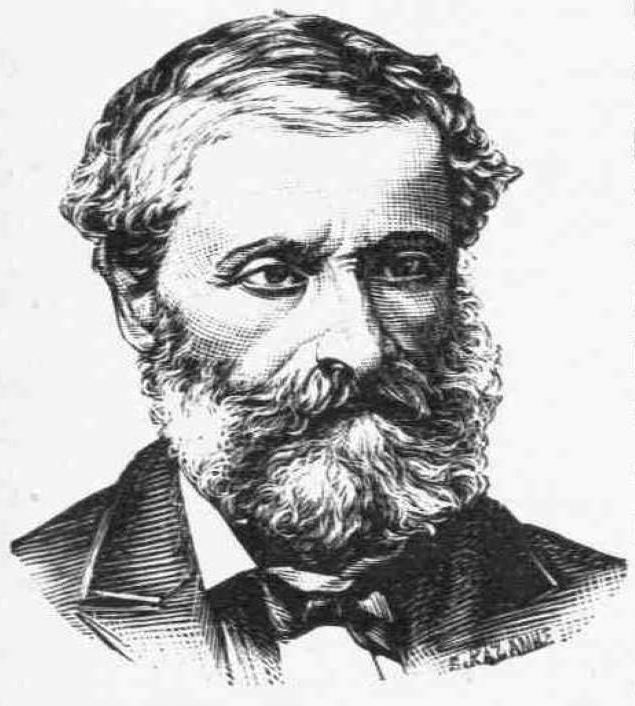 | ||
The term Heptanese School of literature (Greek: Επτανησιακή Σχολή, literally: "The School of the Seven Islands", also known as the Ionian School) denotes the literary production of the Ionian Island's literature figures from the late 18th century till the end of the 19th century. The center of this production is considered to be the poet Dionysios Solomos, so its periods are conventionally divided as follows: Pre-Solomian poets (Προσολωμικοί ποιητές), Solomian poets, Post-Solomian poets, Minors and Descendants.
Contents
General traits
Some general traits of the Ionian style were:
Notable representatives
Notable works
References
Heptanese School (literature) Wikipedia(Text) CC BY-SA
